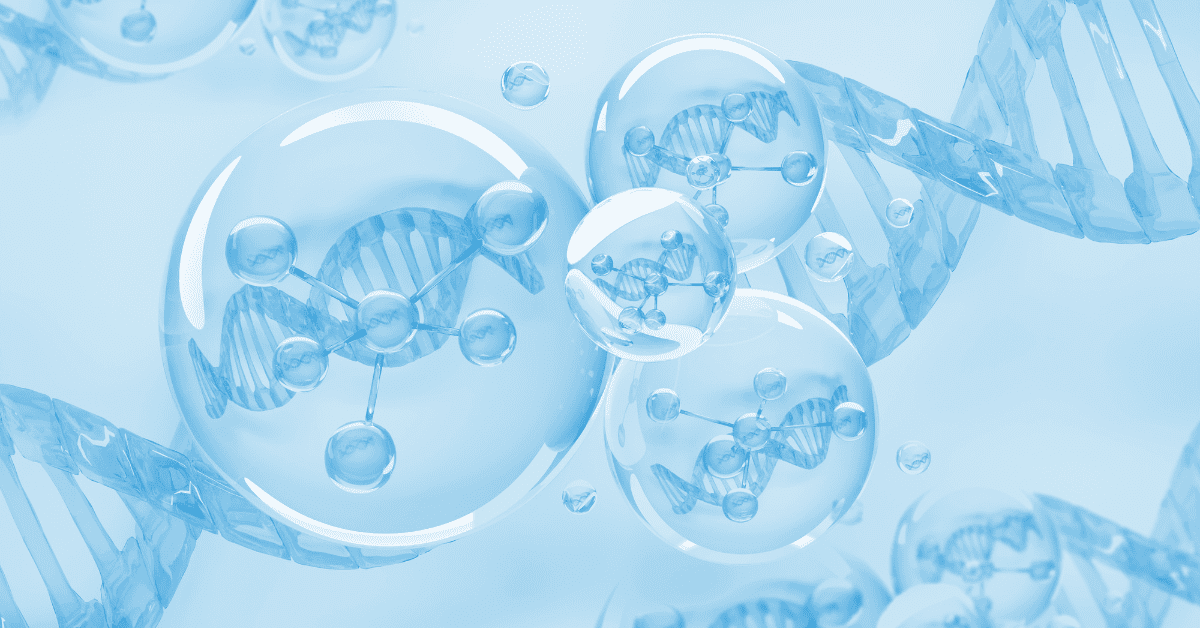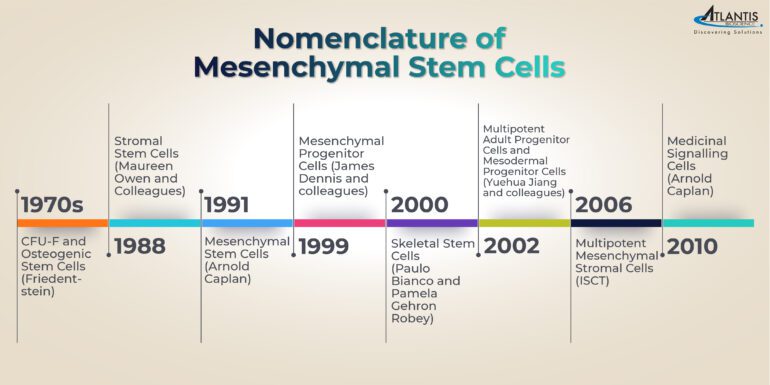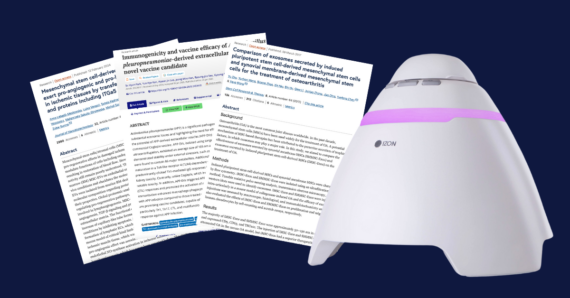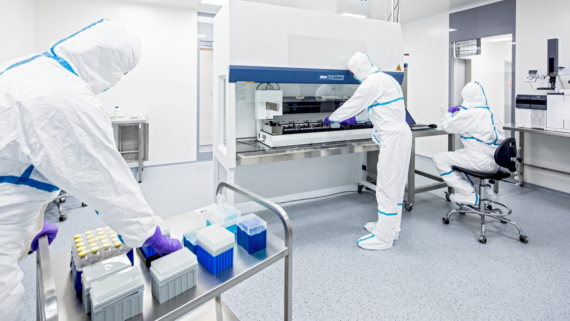- Your cart is empty
- Continue Shopping

Mitigating Cold Supply Chain Challenges in Cell and Gene Therapy Delivery in Asia
Cell and gene therapies (CGTs), particularly autologous therapies like CAR-T/TCR-T cells, represent a breakthrough in personalized medicine. These treatments offer life-changing outcomes for patients with








